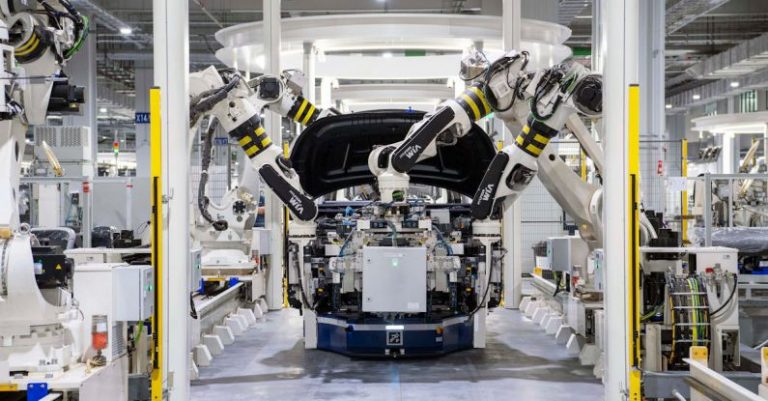
In today’s rapidly evolving business landscape, automation has become a crucial component for organizations looking to streamline operations, increase efficiency, and stay ahead of the competition. From robotic process automation (RPA) to artificial intelligence (AI) and machine learning, businesses are embracing automation technologies to drive growth and innovation. As we look towards the future, it is essential to understand the emerging trends that will shape the landscape of business automation. Let’s delve into some of the key future trends in business automation that are set to revolutionize how companies operate and deliver value.
Artificial Intelligence and Machine Learning Integration
Artificial intelligence (AI) and machine learning are poised to play a significant role in the future of business automation. AI-powered automation tools can analyze vast amounts of data, identify patterns, and make intelligent decisions without human intervention. Machine learning algorithms can continuously learn and improve over time, enabling businesses to automate complex tasks and processes more effectively. Integrating AI and machine learning into automation strategies will enable companies to optimize operations, enhance customer experiences, and drive innovation.
Hyperautomation
Hyperautomation is a strategic approach that involves combining multiple automation technologies, such as RPA, AI, machine learning, and process mining, to create an end-to-end automation ecosystem. By leveraging a combination of these technologies, businesses can automate a wide range of processes across different departments and functions. Hyperautomation enables organizations to achieve unprecedented levels of efficiency, agility, and scalability by automating both routine and complex tasks. As businesses continue to adopt hyperautomation, we can expect to see a shift towards more interconnected and intelligent automation systems.
Cloud-Based Automation
Cloud computing has revolutionized the way businesses manage their IT infrastructure and applications. Cloud-based automation solutions offer scalability, flexibility, and accessibility, making them an attractive option for organizations looking to automate their processes. By leveraging cloud-based automation platforms, businesses can deploy automation solutions quickly, scale resources as needed, and access advanced features and capabilities without significant upfront investments. As the demand for cloud-based services continues to grow, we can expect to see a rise in cloud-based automation solutions that offer enhanced performance, security, and integration capabilities.
Robotic Process Automation (RPA) Expansion
Robotic process automation (RPA) has gained popularity in recent years as a cost-effective solution for automating repetitive, rule-based tasks. RPA software robots can mimic human actions, interact with multiple systems, and execute tasks with high accuracy and efficiency. In the future, we can expect to see RPA technology expanding its capabilities to handle more complex processes, integrate with other automation technologies, and provide advanced analytics and insights. As RPA becomes more intelligent and versatile, businesses will be able to automate a broader range of tasks and workflows, leading to increased productivity and cost savings.
Focus on Customer-Centric Automation
In an increasingly competitive business environment, delivering exceptional customer experiences is essential for success. Customer-centric automation focuses on using automation technologies to enhance customer interactions, personalize services, and improve overall satisfaction. By leveraging AI, machine learning, and data analytics, businesses can automate customer support, marketing campaigns, and sales processes to provide a seamless and personalized experience. As businesses prioritize customer-centric automation, we can expect to see more innovative solutions that cater to the evolving needs and expectations of customers.





